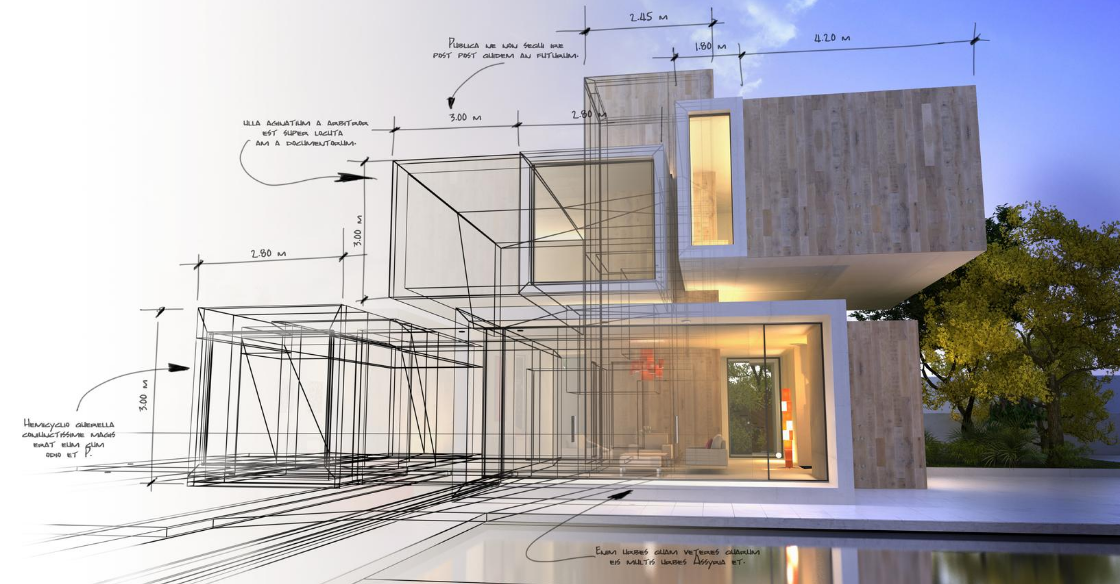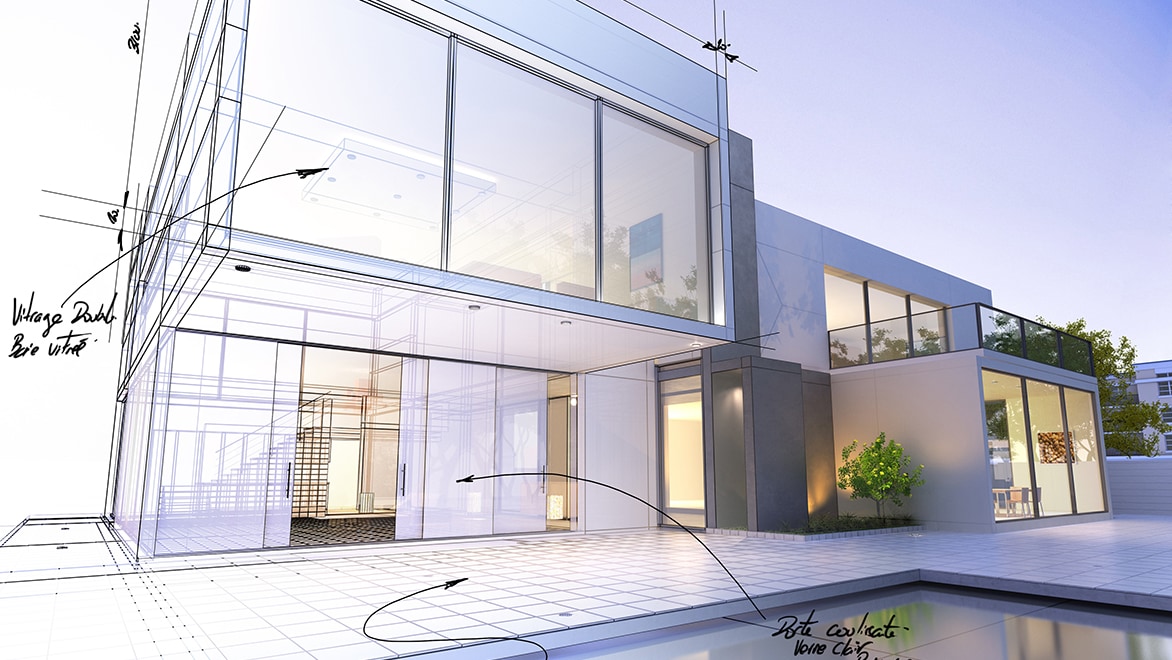Leading Factors to Pick CDA Architects for Your Residential or Commercial Layouts
Leading Factors to Pick CDA Architects for Your Residential or Commercial Layouts
Blog Article
Comprehending the Collaborative Process Between Architects and Engineers in Modern Construction Projects
The collaborative procedure in between designers and engineers is vital in contemporary construction projects, as it integrates layout intent with design expediency. This partnership not just affects the aesthetic and functional facets of a task however likewise plays an essential role in resolving sustainability obstacles. By utilizing effective interaction methods and leveraging innovative innovations, such as Building Details Modeling (BIM), groups can work extra cohesively. Nevertheless, the complexities of this cooperation commonly present unique obstacles that can impede progression. Exploring these characteristics reveals understandings that could dramatically affect task results and total industry criteria.
The Relevance of Collaboration
The collective harmony in between architects and engineers is crucial for the successful realization of any type of building and construction project. This partnership combines distinctive proficiency and point of views, making it possible for the assimilation of innovative design with functional design remedies. By functioning together, architects and engineers can guarantee that a job not just fulfills visual and useful needs yet also complies with safety, sustainability, and financial constraints.
Collaboration fosters a shared vision, helping with the positioning of goals and expectations from the outset. This alignment is important in attending to prospective difficulties and mitigating dangers that could occur during the project lifecycle. A collaborative approach allows for the reliable appropriation of sources, enhancing both time and cost.
The importance of cooperation encompasses the iterative process of layout and building and construction, where comments from engineers can educate building decisions, leading to even more practical and sustainable layouts. On the other hand, designers can inspire designers to think artistically regarding how to attain architectural integrity without endangering creative intent. Ultimately, the joint partnership in between designers and designers is not simply advantageous; it is basic to the development of top quality, useful, and ingenious constructed atmospheres that fulfill the requirements of culture.
Communication Strategies and Tools
Reliable communication strategies and tools are essential for fostering cooperation between designers and designers throughout the job lifecycle. Developing clear channels of interaction is essential to make sure that all staff member are straightened with project goals, timelines, and duties. Regular conferences, both in-person and digital, offer possibilities for stakeholders to discuss development, address problems, and make informed decisions.
Making use of project administration software program, such as BIM (Building Info Modeling) systems, enhances partnership by making it possible for real-time sharing of layout modifications and technical specifications. These tools promote openness, allowing designers and engineers to imagine adjustments and examine their impact on the overall job.

Shared Objectives and Project Vision

Establishing common goals includes open dialogue and a complete understanding of each discipline's payments. Engineers usually concentrate on design intent, spatial connections, and customer experience, while engineers highlight architectural integrity, systems performance, and conformity with regulations (cda architects). When these point of views are straightened, the result is a cohesive job that sticks to both creative ambitions and technological usefulness
Furthermore, a distinct task vision cultivates click here for more info accountability among staff member, urging each individual to take ownership of their role in accomplishing the preferred end result. why not try here Normal check-ins and joint workshops can further reinforce this commitment, permitting modifications to be made as the task advances. Inevitably, a common vision not just enhances teamwork but additionally elevates the high quality of the last deliverable, resulting in successful project completion.
The Role of Innovation
Leveraging innovation has ended up being important in boosting partnership in between designers and designers. The combination of innovative software application devices assists in real-time communication and info sharing, enabling groups to work a lot more efficiently and successfully. Structure Info Modeling (BIM) attracts attention as a critical modern technology, allowing both designers and designers to produce thorough 3D models that encapsulate layout intent and structural stability. This common visual representation lessens misconceptions and improves the decision-making procedure.
In addition, cloud-based systems enable seamless collaboration, allowing job stakeholders to gain access to and upgrade job information from anywhere. This cultivates a society of openness and liability, as adjustments can be tracked and assessed in real-time. In addition, mobile applications further enhance communication, providing on-site teams with immediate access to task requirements and updates.
Arising modern technologies such as expert system and artificial intelligence are additionally starting to contribute in anticipating evaluation, assisting teams identify potential issues prior to they emerge. Eventually, the function of innovation in architecture-engineering collaboration not only boosts operations effectiveness however also enhances technology, bring about even more successful project end results. By accepting these technological advancements, engineers and designers can guarantee a more natural and efficient collaborative procedure throughout the building lifecycle.
Case Studies in Effective Partnerships
Countless instance studies highlight the extensive impact of reliable partnerships in between designers and engineers on task outcomes. One remarkable example is the collaboration on the High Line in New York City City, where landscape architects, designers, and urban organizers worked with each other to transform a deserted rail line right into a vibrant public park. This multidisciplinary strategy not only boosted the aesthetic top quality but likewise ensured architectural safety and environmental sustainability.
An additional exemplary situation is the design and building of the Sydney Concert Hall. The partnership in between architect JÃ ¸ rn Utzon and architectural engineer Ove Arup exemplified cutting-edge problem-solving. Their partnership enabled the iconic shell-like style while resolving complex engineering obstacles, ultimately resulting in a classic building masterpiece.
The Burj Khalifa in Dubai even more shows the significance of collaborative efforts. cda architects. The combination of style and engineering competence made it possible for the project team to accomplish unmatched elevations while sticking to safety and security regulations and aesthetic vision
These examples highlight the value of interaction, trust fund, and shared objectives. In today's complex construction atmosphere, such partnerships are important to browsing obstacles and supplying tasks that fulfill both useful and visionary objectives.
Verdict
To conclude, the collaboration in between architects and designers is essential for the success of modern construction tasks. Reliable interaction strategies, a common job vision, and the combination of sophisticated innovations are crucial components that facilitate this collaboration. By cultivating a society of responsibility visit the website and leveraging tools such as Building Details Modeling (BIM), teams can navigate job complexities, making certain that aesthetic, practical, and sustainability objectives are attained. Inevitably, this synergy leads to cutting-edge and successful task end results.
Report this page